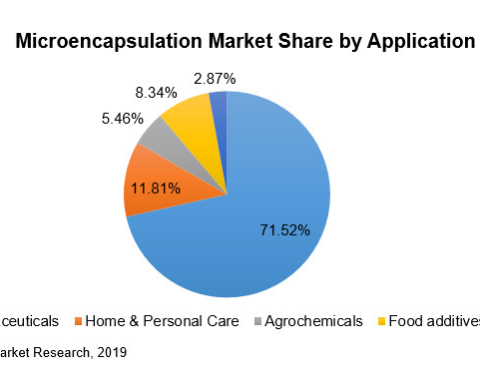Microencapsulation is a process of encapsulating microscopic drug particles with a special coating material, therefore making the drug particles more desirable in terms of physical and chemical characteristics. A common drug that has been encapsulated is aspirin. Aspirin has been microencapsulated with ethylcellulose, making the drug superior in its flow characteristics; when compressed into a tablet, the drug releases more gradually compared to a simple compressed tablet.
[wp_ad_camp_5]Many techniques are used in microencapsulating a drug. One process used in microencapsulating acetaminophen involves suspending the drug in an aqueous solution while stirring. The coating material, ethylcellulose, is dissolved in cyclohexane, and the two liquids are added together with stirring and heating. As the cyclohexane is evaporated by heat, the ethylcellulose coats the microparticles of the acetaminophen. The microencapsulated particles have a slower dissolution rate because the ethylcellulose is not water soluble and provides a barrier for diffusion of drug. The amount of coating material deposited on the acetaminophen determines the rate of drug dissolution. The coating also serves as a means of reducing the bitter taste of the drug. In practice, microencapsulation is not consistent enough to produce a reproducible batch of product, and it may be necessary to blend the microencapsulated material in order to obtain a desired release rate.






